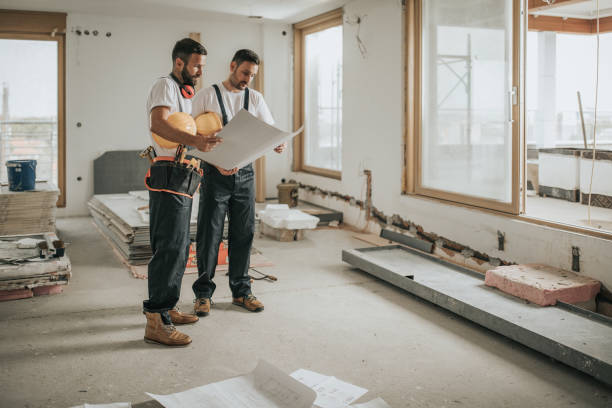What Every Homeowner Should Know About Property Value
Understanding what drives property value is essential for any homeowner, whether you’re thinking of selling, refinancing, or simply investing in your future. This article breaks down the key factors that influence your home’s worth, from location and market trends to renovations and upkeep. By gaining a clear picture of how property values are assessed, you can make smarter decisions to protect and grow your investment with confidence.

Location: The Foundation of Property Value
Location remains the single most influential factor in determining property value. Neighborhood quality, proximity to amenities, school district ratings, and crime rates all play crucial roles. Properties in areas with strong employment opportunities, good transportation links, and desirable lifestyle features typically command higher values. Even within the same city, values can vary significantly based on specific location attributes like walkability scores and proximity to downtown areas.
Market Trends and Economic Factors
Real estate values are heavily influenced by broader economic conditions and market trends. Interest rates, local employment rates, and regional economic growth directly impact property values. During economic expansions, home values tend to appreciate more rapidly, while economic downturns can lead to value decreases. Understanding these market cycles helps homeowners time their buying, selling, or renovation decisions more effectively.
The Impact of Home Maintenance and Improvements
Regular maintenance and strategic improvements can significantly affect property value. Essential systems like HVAC, plumbing, and electrical must be well-maintained to preserve value. However, not all improvements offer equal returns. Here’s a breakdown of typical value-adding renovations:
| Renovation Type | Average ROI | Value Added |
|---|---|---|
| Kitchen Remodel | 70-80% | $15,000-40,000 |
| Bathroom Update | 60-80% | $10,000-30,000 |
| Exterior Updates | 65-75% | $8,000-20,000 |
| Basement Finish | 70-75% | $20,000-35,000 |
Prices, rates, or cost estimates mentioned in this article are based on the latest available information but may change over time. Independent research is advised before making financial decisions.
Unique Regional Considerations
Property values in the United States are influenced by region-specific factors. Coastal properties may face different considerations than inland homes, while urban, suburban, and rural locations each have distinct value drivers. Climate-related risks, local regulations, and regional development patterns can all impact property values differently across various parts of the country.
Property Size and Features
Square footage, lot size, and the number of bedrooms and bathrooms significantly influence home value. However, the importance of these features varies by market. In urban areas, efficient use of space might be more valuable than raw square footage, while suburban markets might place higher premiums on larger lots and additional bedrooms.
Conclusion
Property value is determined by a complex interplay of factors, from location and market conditions to property features and maintenance. By understanding these elements, homeowners can better protect and enhance their investment through informed decision-making and strategic improvements. Regular monitoring of local market conditions and maintaining property condition are essential practices for preserving and growing home value over time.




